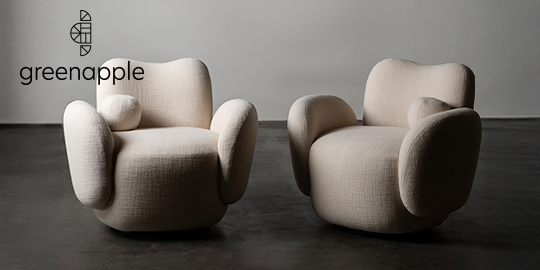- FINE ART
-
FURNITURE + LIGHTING
Shop By Category
Shop By Artist
- NEW + CUSTOM
- DECORATIVE ARTS
-
JEWELRY
Shop By Category
Shop By Artist
- INTERIORS
- MAGAZINE
Listing
Period
- Clear All
Albert Lorey Groll
American, 1866 - 1952
Albert Lorey Groll was born on December 8, 1866, in New York City. He began his artistic education in London before continuing his studies at the Royal Academy in Munich, where he trained under the renowned historical genre and landscape painter Ludwig Von Loefftz and genre painter Nickolaus Gysis. Groll also had a brief stint at the Royal Academy in Antwerp, a notable achievement for an American artist in the late 19th century.
In 1895, Groll returned to New York and embarked on his career as an illustrator and cartoonist. Despite his deep passion for figure painting, financial constraints prevented him from hiring models, prompting a shift in focus to the natural beauty of the American landscape. His first trip to Arizona and New Mexico in 1905, facilitated by Indian dealer Lorenzo Hubbell, marked a pivotal moment in his artistic journey. Staying at Hubbell's Ganado trading post, Groll discovered a rich source of inspiration in the desert, which would define his work for the rest of his career. His evocative landscapes garnered such admiration from the Laguna Pueblo Indians that they affectionately named him Chief Bald-Head-Eagle Eye.
While Groll achieved considerable recognition in the East and maintained a studio in New York City, he frequently returned to the West to paint. His depictions of the desert brought widespread attention to the unique beauty of Arizona, leading art historian Dorothy Harmsen to note that his work helped Americans appreciate the artistic potential of the southwestern landscape.
Groll’s career flourished as he exhibited extensively, beginning as an associate member of the National Academy of Design in 1897 and becoming a full Academician by 1910. He received numerous accolades, including a Gold Medal for his painting "Arizona" at the Pennsylvania Academy of Fine Arts in 1906, and a Silver Medal at the 1915 San Francisco Exposition. Throughout his lifetime, Groll enjoyed a successful career as a professional painter, passing away in 1952 in New York City. Today, his work is held in the permanent collections of over twenty museums, including the Phoenix Art Museum, the Smithsonian American Art Museum, and the Metropolitan Museum of Art.
